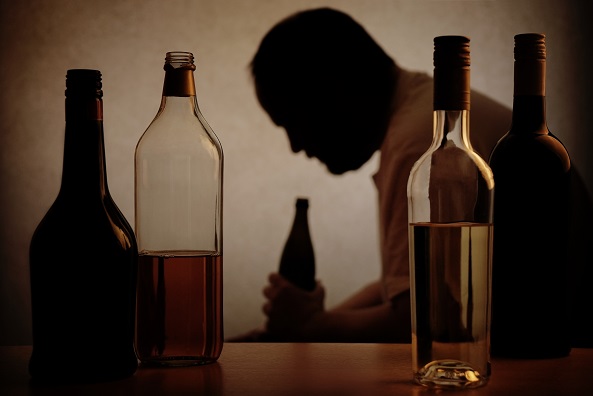1 in 10 older adults binge drink
One in 10 older adults in the United States are current binge drinkers, according to a study published in the Journal of the American Geriatric Society.
“Older adults are especially vulnerable to the harms of alcohol use, especially binge drinking, due to physiological changes of aging and the higher likelihood of having more chronic medical disease and taking more prescribed medications,” Benjamin H. Han, MD, MPH, assistant professor in the division of geriatric medicine and palliative care at New York University School of Medicine, told Healio Primary Care. “Binge drinking can increase the risk for injury for older adults, especially falls, and can exacerbate existing chronic disease such as hypertension.”
To assess binge drinking among older adults, Han and colleagues reviewed responses from adults aged 65 years and older on the 2015 to 2017 National Survey of Drug Use and Health.
Study respondents were asked if they used alcohol or binge drank within the last month. In the survey, binge drinking was defined as five or more drinks in one occasion for men and four or more drinks in one occasion for women. Respondents also provided basic sociodemographic information, ED visits in the past year, tobacco and cannabis use and misuse of prescription psychotherapeutic medication.

Researchers divided respondents into three groups based on drinking habits in the month before the survey: no alcohol use, alcohol use without binge drinking, and binge drinking.
Among 10,927 older adults included in the study, 10.6% (95% CI, 9.9-11.2) were estimated to be current binge-drinkers based on survey responses.
When compared with alcohol users who were not binge drinkers, binge drinkers consisted of higher proportions of non-Hispanic African Americans (9.5% vs 4.3%; P < .001), more family incomes less than $20,000 (13.8% vs 8%; P < .001), and higher use the ED in the last year (27.7% vs 23.5%; P = .04).
Multivariable analyses of all alcohol users found that binge drinking was higher in tobacco users (adjusted prevalence ratio [PR] = 1.52; 95% CI, 1.33-1.74), cannabis users (adjusted PR = 1.41; 95% CI, 1.11-1.8), and respondents who used the ED within the last year (adjusted PR = 1.16; 95% CI, 1-1.33).
The most common chronic diseases among current binge drinkers included hypertension (41.4%), cardiovascular disease (23.1%), and diabetes (17.7%). Researchers noted that binge drinking was less common among those with two or more chronic diseases.
“The National Institute on Alcohol Abuse and Alcoholism recommends that adults age 65 and older not drink more than three drinks in a day, and low risk drinking is generally defined as one drink a day for this population,” Han said. “Primary care physicians should educate their older patients about the risks of drinking especially in the presence of existing chronic disease or prescribed medications.”
To address binge drinking, Han suggested to “screen all patients for unhealthy alcohol use, regardless of age. And as above, educate patients about the harms of alcohol, especially in a health context.” – by Erin Michael
Disclosures: Han reports no relevant financial disclosures.
